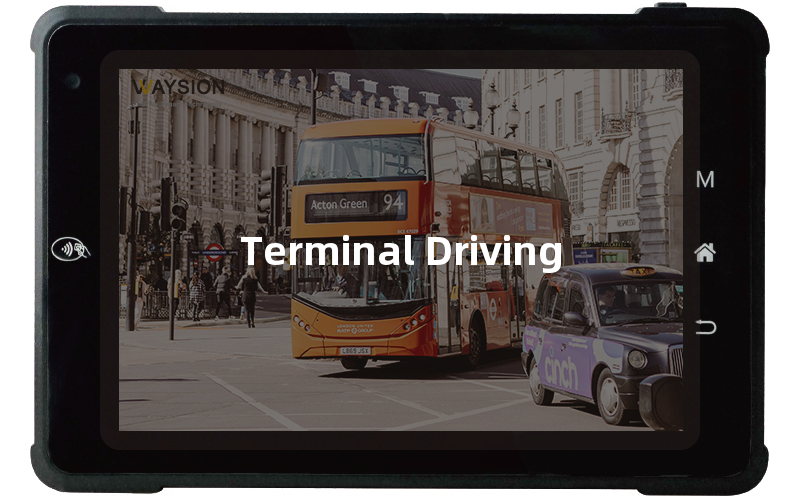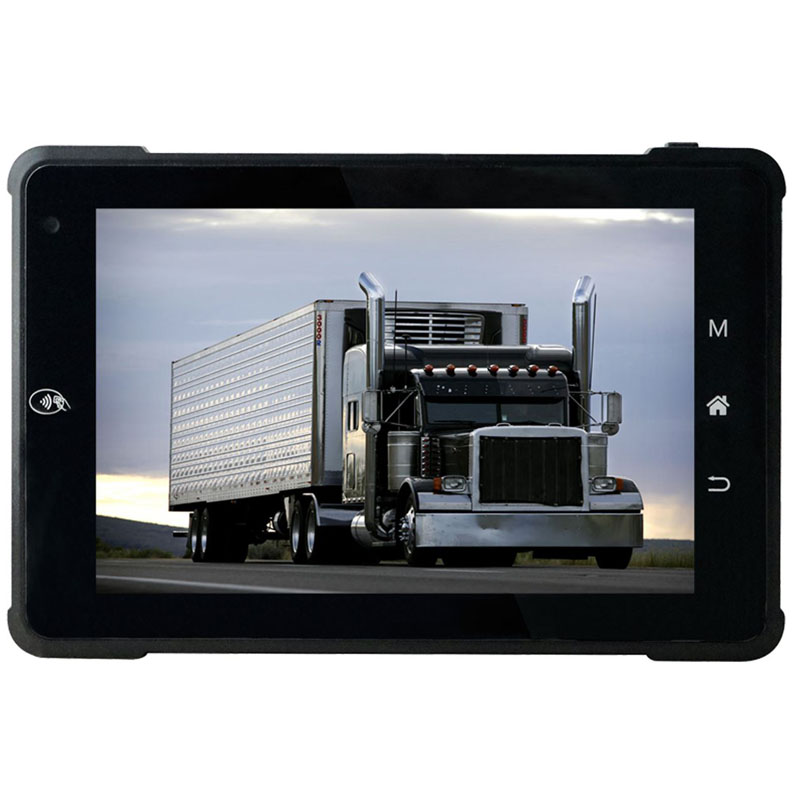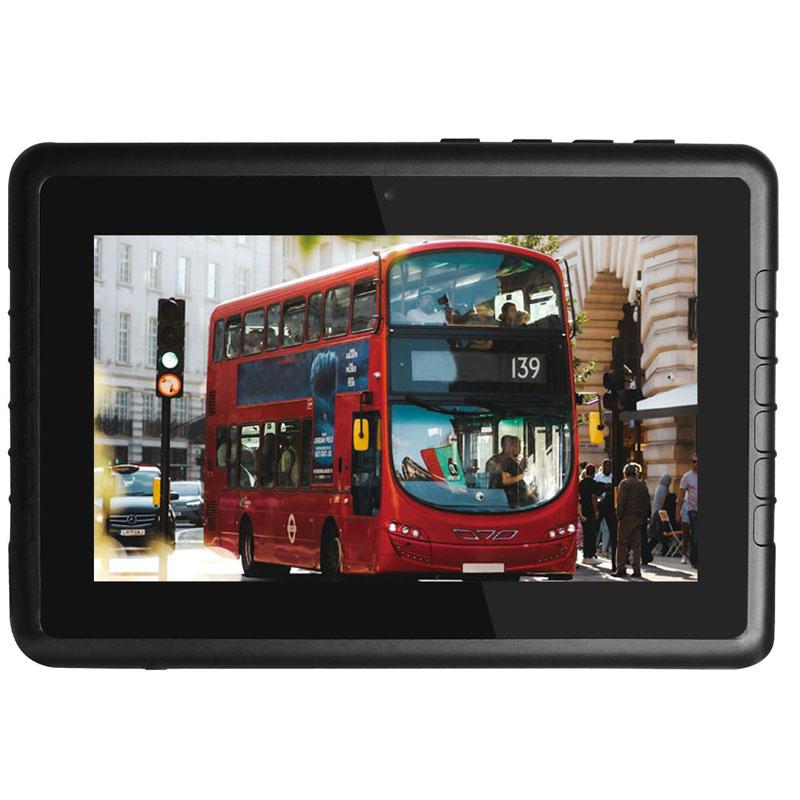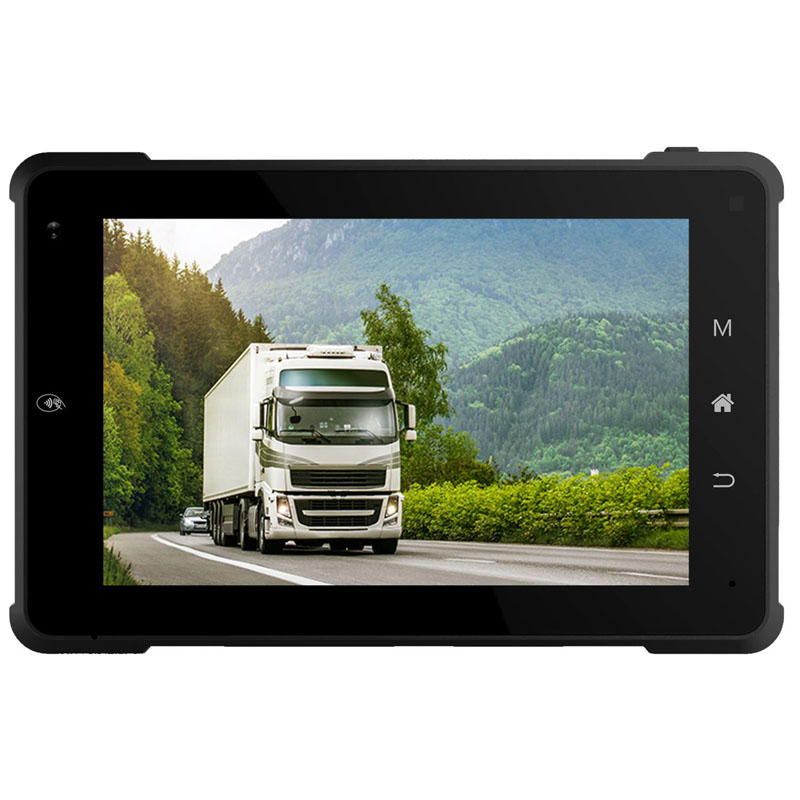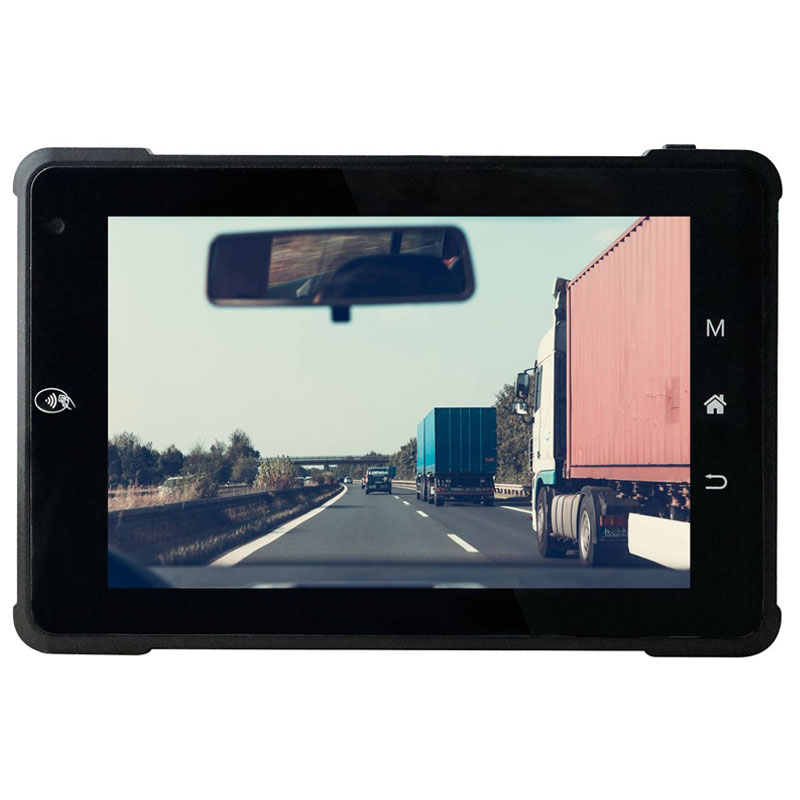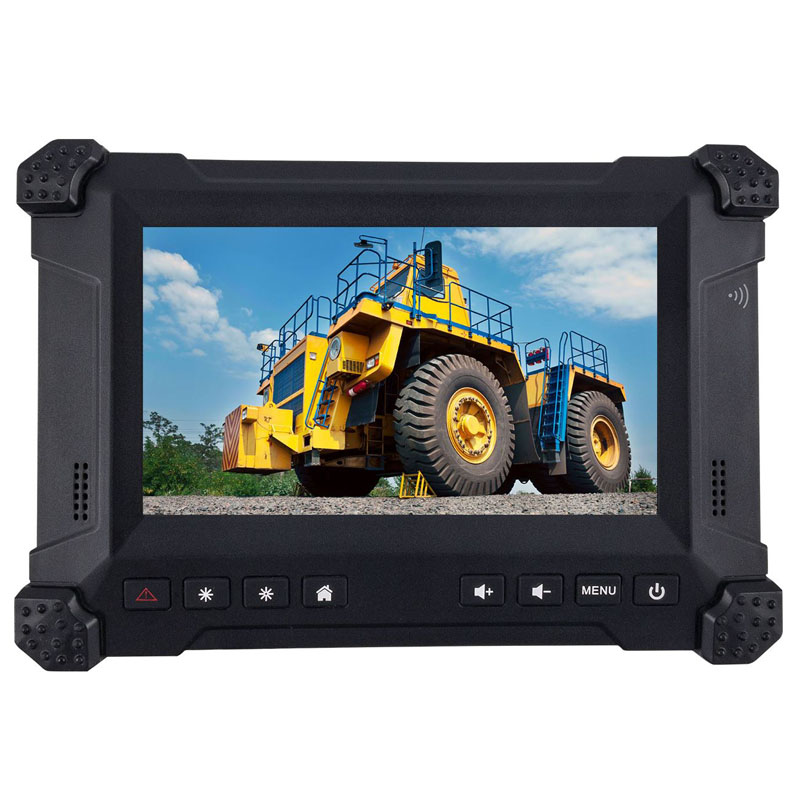Understanding the Essence of Terminal Driving
Terminal Driving refers to the approach of utilizing a terminal, such as a command-line interface (CLI) or terminal emulator, to interact with a computer’s operating system and execute commands. It involves typing specific instructions, known as commands, into the terminal, which are then processed by the computer’s shell and executed. This method of interaction provides a powerful and efficient means of performing various tasks, such as file manipulation, system configuration, and software development. Terminal Driving offers a level of control and flexibility that is often unparalleled in graphical user interfaces (GUIs), making it an essential skill for developers, system administrators, and power users.
Exploring the Role of Terminal Drivers
Terminal driving stands at the core of the logistics industry, facilitating the movement of goods between distribution centers, warehouses, and transportation hubs. As a crucial link in the supply chain, terminal drivers play a pivotal role in ensuring the smooth flow of goods from origin to destination. In this comprehensive guide, we delve deep into the intricacies of terminal driving, shedding light on its significance, challenges, and the skills required to excel in this field.
The Definition of Terminal Driving
Terminal driving refers to the operation of commercial vehicles within confined areas such as ports, terminals, and distribution centers. Unlike long-haul trucking, which involves traversing vast distances on highways, terminal driving involves navigating through congested spaces, maneuvering around obstacles, and adhering to strict schedules. Terminal drivers are tasked with efficiently transporting cargo within these confined environments, often using specialized equipment such as forklifts, yard tractors, and terminal tractors.
Key Responsibilities of Terminal Drivers
1. Cargo Handling and Management
Terminal drivers are responsible for loading and unloading cargo from trucks, trailers, and shipping containers. This requires precision, attention to detail, and adherence to safety protocols to prevent damage to goods and equipment. Efficient cargo handling is essential for minimizing turnaround times and optimizing terminal operations.
2. Equipment Operation
Terminal drivers operate a variety of equipment, including trucks, forklifts, reach stackers, and cranes. Mastery of these machines is crucial for safe and efficient cargo handling within terminal facilities. Terminal drivers undergo specialized training to operate different types of equipment, ensuring compliance with industry regulations and safety standards.
3. Route Planning and Navigation
Effective route planning is essential for terminal drivers to navigate through congested terminals and reach their destinations in a timely manner. Terminal drivers utilize GPS navigation systems and terminal maps to identify optimal routes, avoid traffic congestion, and optimize fuel efficiency. Familiarity with terminal layouts and traffic patterns enables terminal drivers to anticipate challenges and make informed decisions while on the road.
Challenges Faced by Terminal Drivers
1. Congested Environments
Terminal drivers operate in congested environments characterized by heavy traffic, narrow lanes, and limited maneuvering space. Navigating through crowded terminals requires patience, spatial awareness, and excellent driving skills to avoid accidents and minimize disruptions to terminal operations.
2. Time Constraints
Terminal drivers are often under pressure to meet tight delivery schedules and turnaround times. Delays in cargo handling, traffic congestion, and unforeseen obstacles can impact delivery deadlines, necessitating efficient time management and problem-solving skills to mitigate delays and ensure on-time deliveries.
3. Safety Hazards
Terminal driving involves inherent safety risks, including collisions, falls, and cargo handling accidents. Terminal drivers must adhere to safety protocols, wear appropriate personal protective equipment, and undergo regular safety training to minimize the risk of accidents and injuries in the workplace.
Conclusion: The Significance of Terminal Driving
In conclusion, terminal driving plays a critical role in the logistics industry, facilitating the movement of goods between distribution centers, warehouses, and transportation hubs. Terminal drivers are entrusted with the responsibility of safely and efficiently transporting cargo within confined environments, overcoming challenges such as congestion, time constraints, and safety hazards. By mastering the skills required for terminal driving and adhering to best practices, terminal drivers contribute to the seamless operation of supply chains and the timely delivery of goods to customers worldwide.
mermaid graph TD;
A[Terminal Driver] --> B{Cargo Handling};
A --> C{Equipment Operation};
A --> D{Route Planning};
B --> E[Loading/Unloading Cargo];
C --> F[Operating Trucks/Forklifts];
C --> G[Utilizing GPS Navigation];
D --> H[Identifying Optimal Routes];
D --> I[Avoiding Traffic Congestion];
D --> J[Optimizing Fuel Efficiency];
E --> K[Preventing Damage to Goods];
F --> L[Ensuring Compliance with Safety Standards];
G --> M[Familiarity with Terminal Layouts];
H --> N[Anticipating Challenges];
I --> O[Minimizing Disruptions];
J --> P[Ensuring On-Time Deliveries];
K --> Q[Efficient Cargo Handling];
L --> R[Safe Equipment Operation];
M --> S[Knowledge of Traffic Patterns];
N --> T[Patience and Spatial Awareness];
O --> U[Effective Time Management];
P --> V[Problem-Solving Skills];
Q --> W[Adherence to Safety Protocols];
R --> X[Wearing Personal Protective Equipment];
S --> Y[Regular Safety Training];
T --> Z[Avoiding Accidents];
U --> AA[Minimizing Delays];
V --> AB[Ensuring Seamless Operations];
W --> AC[Contributing to Supply Chain Efficiency];
X --> AD[Taking Precautionary Measures];
Y --> AE[Reducing Risk of Injuries];
Z --> AF[Safeguarding Terminal Operations];
AA --> AG[Timely Delivery of Goods];
AB --> AH[Customer Satisfaction];
AC --> AI[Global Commerce];
AD --> AJ[Creating a Safe Work Environment];
AE --> AK[Ensuring Worker Well-Being];
AF --> AL[Promoting Workplace Safety];
AG --> AM[Driving Business Success];
AH --> AN[Supply Chain Optimization];
AI --> AO[Economic Prosperity];
AJ --> AP[Enhancing Employee Morale];
AK --> AQ[Fostering a Culture of Safety];
AL --> AR[Preventing Accidents];
AM --> AS[Facilitating Trade];
AN --> AT[Efficient Resource Utilization];
AO --> AU[Stimulating Growth];
AP --> AV[Boosting Productivity];
AQ --> AW[Prioritizing Worker Safety];
AR --> AX[Minimizing Downtime];
AS --> AY[Expanding Market Reach];
AT --> AZ[Reducing Costs];
AU --> BA[Driving Innovation];
AV --> BB[Improving Performance];
AW --> BC[Protecting Human Capital];
AX --> BD[Enhancing Operational Efficiency];
AY --> BE[Enhancing Competitiveness];
AZ --> BF[Maximizing Profits];
BA --> BG[Investing in Technology];
BB --> BH[Embracing Best Practices];
BC --> BI[Valuing Employee Well-Being];
BD --> BJ[Streamlining Processes];
BE --> BK[Positioning for Success];
BF --> BL[Driving Business Growth];
BG --> BM[Adapting to Change];
BH --> BN[Continuous Improvement];
BI --> BO[Promoting Health and Safety];
BJ --> BP[Increasing Efficiency];
BK --> BQ[Capturing Market Opportunities];
BL --> BR[Unlocking Potential];
BM --> BS[Innovating for the Future];
BN --> BT[Optimizing Performance];
BO --> BU[Creating a Positive Work Environment];
BP --> BV[Enhancing Operational Excellence];
BQ --> BW[Driving Value Creation];
BR --> BX[Embracing Sustainability];
BS --> BY[Preparing for Tomorrow];
BT --> BZ[MaximRelated Terminal Driver
- What is a driver terminal?
A driver terminal usually refers to a portable or fixed electronic device designed for freight drivers to perform various functions, such as navigation, tracking cargo, recording working hours, communication, and managing transportation documents. These terminals can be specialized GPS devices or applications installed on smartphones or tablets. - What is the terminal driver?
A terminal driver is a computer software that allows a computer to communicate with terminal equipment (such as printers, plotters, display devices, or other peripheral devices). It acts as a bridge between the operating system and the hardware, ensuring that the hardware device is correctly recognized and used by the computer. - What is a terminal for truck drivers?
A terminal for truck drivers typically refers to a computer system or workstation designed specifically for truck drivers, often located at truck stops or logistics centers. Drivers can use these terminals to receive and send cargo information, update transportation status, obtain route guidance, manage logs, etc. - What number should I phone if I have a problem while inside or outside of an APM?
APM usually stands for “Automated People Mover” or “Automated Parking Management System,” but in this context, you might be referring to a specific location or facility, such as a logistics center or port. In this case, if you encounter a problem, you should look for the emergency contact information or service desk phone number for that specific APM. Emergency contact numbers are often posted at entrances or in conspicuous locations. If you are unsure, you can ask a staff member or search for contact information on the facility’s official website.


